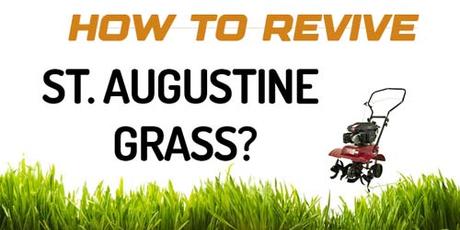 What if it is losing its charm and is fading away?
What if it is losing its charm and is fading away?
This is definitely an alarm of warning for you don't lose heart. You can revive your St. Augustine like it has sprouted just now. It is going to be lush and lucrative like a newly grown one. You can have the juicy, succulent and resplendent St. Augustine by following the given lawn care tips.
Before going into the tips we should debate on what are the explanations that are available to give us lead to a pale faded St. Augustine in your lawn?
Not only this, we are going to consider all the things that can be considered to fade away the reasons for a faded lawn.
Why you are St. Augustine Grass is fading:
Improper care:
If the gardener has not taken the proper care of the lawn, the lawn may wilt. You need to have a proper look on how much of the lawn or grass has got damaged. If the damage is more than 80% then the chance of its revitalization is none. By this time you have to ponder over beginning from zero.
St. Augustine requires warmth and sunshine. Its growth boosts with proper sunbeams and watering. If not taken care of the grass wilts and brown spots appear in the yard. This is your time to spring into effective action. The yellow or brown patches are a threat to the extinction of St. Augustine. You need to maintain the lawn properly by fulfilling all its needs. Only the proper maintenance can save it.
Pest influx:
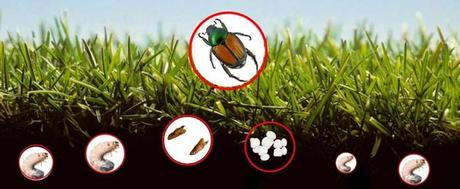
Your St. Augustine can get a threat of destruction if it has an influx of the pests residing in it. It is the same as growing pests on your own. The pests are the parasites that extinguish the host grass from the tip to the root. They cause the baldness of the area in the lawn. Being sensitive to the pests, St. Augustine gets more damaged than other types of grasses that it gets to the verge of destruction. It is the target of White Grub. It eats up the roots of the grass destroying the whole plant by depriving it of the food source. Chinch bugs are also the suckers that deprive the grass of its vital fluids.
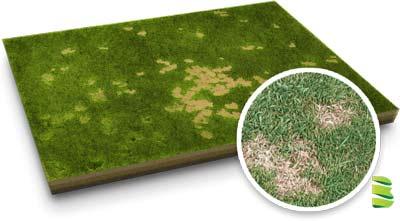
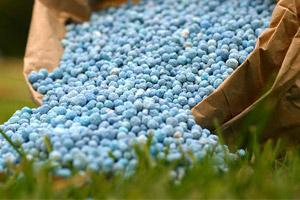
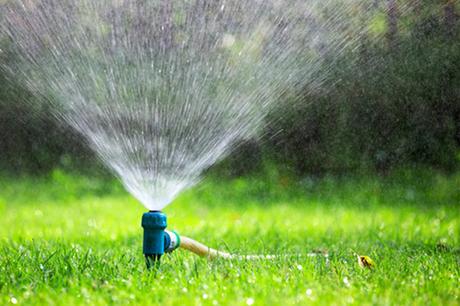
St. Augustine's health depends upon the type of the soil it is surviving in. More fertile is the soil healthier than St. Augustine be. The thatch produced by St. Augustine can be home to fungus and many pests. The compacted soil on the other hand is also not that feasible as it creates solid patches that are good for nothing. The pH of the soil should be suitable to grow St. Augustine. St. Augustine grass grows pleasingly at a pH range from 5.0 to 8.5. It is a befitting pH but highly alkaline soils (above pH 7.5) are not that much feasible for St. Augustine. It does not have the capacity to stand compacted or sodden and drenched soils.
Frost damage:
Over the winter months, St Augustine grass is susceptible to frost damage. Just like most other plants and flowers in your yard, it can't handle cold temperatures for extended periods of time which will kill off these patches entirely so you won't be able to get regrowth at all here. If you have problems with frosts regularly during this time, then choose a different type of grass that doesn't die back over Winter.
Gray Leaf Spot happens in the transition seasons between early spring and summer with moderate temperatures of 60 degrees Fahrenheit or higher for long periods of time. It does not need free moisture for spores to germinate.
How to Repair/Resuscitate St. Augustine Grass:
Once you are aware of the causes of a particular issue you are halfway to its solution. As you have figured out the reasons behind the bad condition of St. Augustine, you need to fix them now. Fixing them means removing the causes or resolving the issues.
Sward Wetting
Water is a vital component for many of the biological ingredients of this universe, so is the case with St. Augustine. All you need to do is to water the dehydrated and thirsty lawn amply. It can help greatly in the revival of the dead grass. Quench its thirst especially in scorching days of summer. Periodic irrigation can send back the lawn to its lush green life. Use a hose, sprinkler or a spigot to water.
But before watering mind these tips.
- Doing the right thing at the wrong time is labor in vain. You have to choose the right time for watering. Dawn is the best time to do it instead of early in the morning.
- Do not let the water get logged in the lawn. so for this purpose watering at the evening time is also not recommended.
- Your garden must have proper effluvium. The extra water should be drained out to discourage retention of moisture.
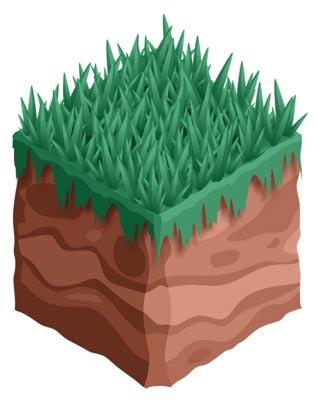
- Add nutrients to soil if the test shows its inadequacy.
- Aerate the soil to let it avoid compaction.

There should be some organic or inorganic ways to control diseases and pests that are a great alarm to the beauty and well-being of your lawn. Diagnose your St. Augustine's ailment or the pesky pests pestering it. Take a recommended medicine and spray it on the grass directly.
St. Augustine gets victim of excessive use of nitrogen rich fertilizers. If you think that St. Augustine will survive the latency time, do not opt for fertilization. In the same way early or late application of the fertilizers also affects the grasses.
Grass Seed Mixture:
A mixture of one part fescue seed, four parts Kentucky bluegrass, and five parts perennial ryegrass is good in stabilizing overseeded St Augustine lawns. Some homeowners prefer using zoysia grass because it grows faster but when the weather turns cold the st Augustine will die out while zoysia can survive by going dormant during wintertime conditions.
St Augustine Grass Ideal Growing Conditions:
Augustine lawn thrives in the following conditions:
- The soil pH of St Augustine grass must be between a range of six to seven. The soil should also have moderate fertility with an ideal level of organic matter
- Sunlight is the primary requirement for st Augustine growing grasses. They do not grow well in shady areas or under the shade of trees due to the lack of sunlight required by their growth process
- Watering frequency will depend on where you live but generally once every five days during hot weather conditions are enough watering for them to survive. However, if it's cooler outside they can go up to ten days without water
- Temperature is required for st Augustine grass to grow. They are warm-season grasses that thrive in temperatures of 65 degrees Fahrenheit or higher. St Augustine lawns will go dormant if the temperature drops below 50 F.
Conclusion
It can be concluded that timely maintenance and taking care of St Augustine against diseases and improper practices can save it from becoming dead. If it is watered, fertilized, mulched, and treated against the vile diseases it can thrive and make your lawn a haven to sit in.

